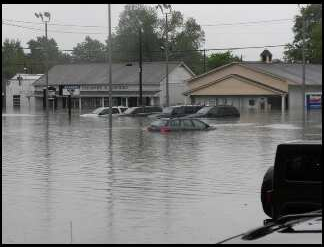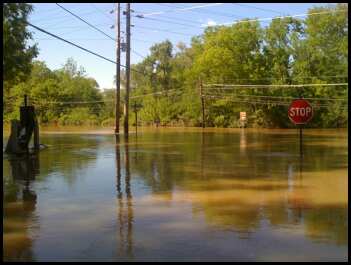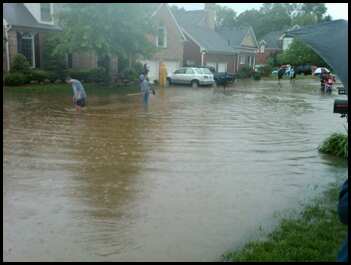Close to 348,000 square miles across 20 towns are flooded and 200,000 residents affected after heavy rains drenched Queensland and neighboring states from December 25 to January 3.
The effects of the flooding are far-reaching. Reports indicate Queensland-based insurer SunCorp has told the Australian Stock Exchange it has received 1,800 claims so far. A JP Morgan analyst has said that losses to the insurance industry due to the flooding are estimated at $1 billion. The Insurance Council of Australia (ICA), however, has said that it is too early to provide a loss estimate.
The worst flooding in decades has affected an area the size of Germany and France, leaving towns virtual islands in a muddy inland sea, devastated crops, cut major rail and road links to coal ports, slashed exports and forced up world coal prices.
Coal production in Queensland has been severely disrupted. “The Queensland Resources Council said lost coal and gas production would run to hundreds of million of dollars.” Economists have projected a $6 billion loss from reduced export volumes.
Key crops such as cotton, sunflower, sugar and wheat have been gravely affected by the floods and, according to the Queensland Farmers Federation, few farmers have flood insurance. Crop losses alone could exceed $1 billion.
Below is a video of the “biblical” Australian floods that have claimed the lives of 10.
Needless to say, the property damage in Queensland and neighboring states will be a hard hit to the country’s insurers.




